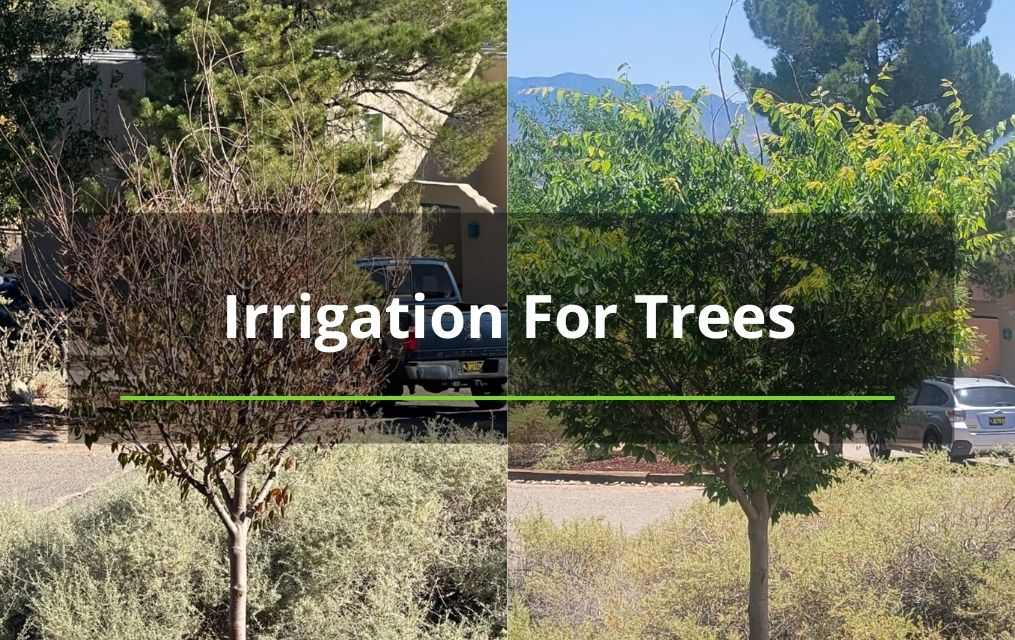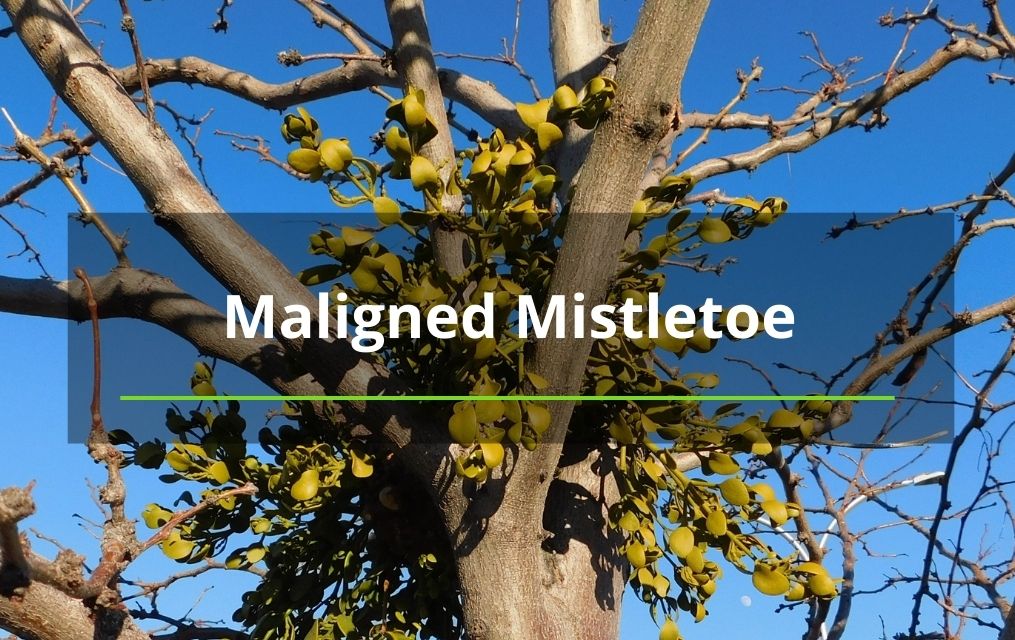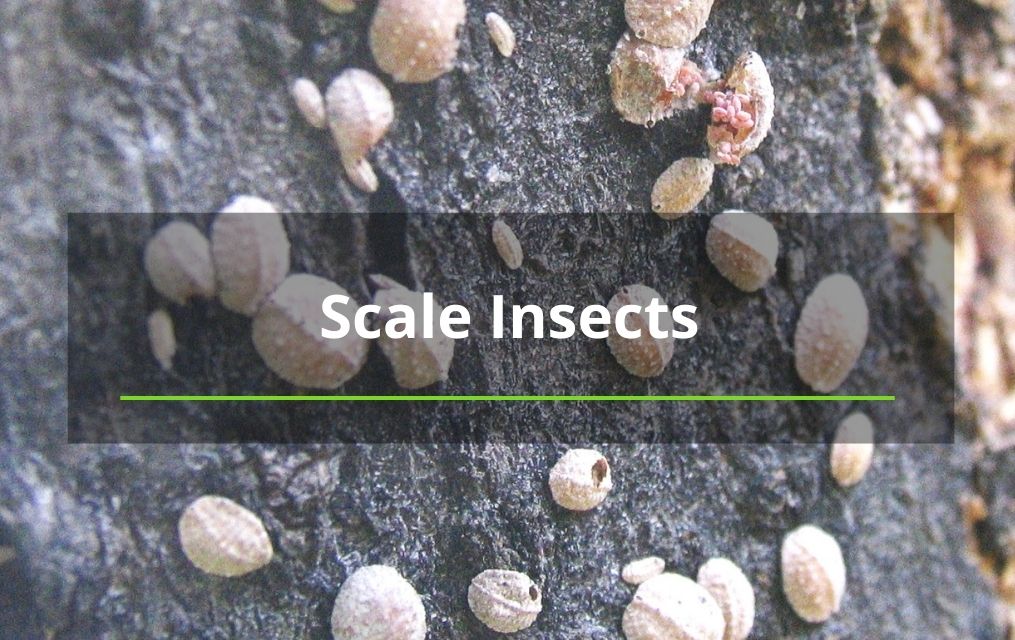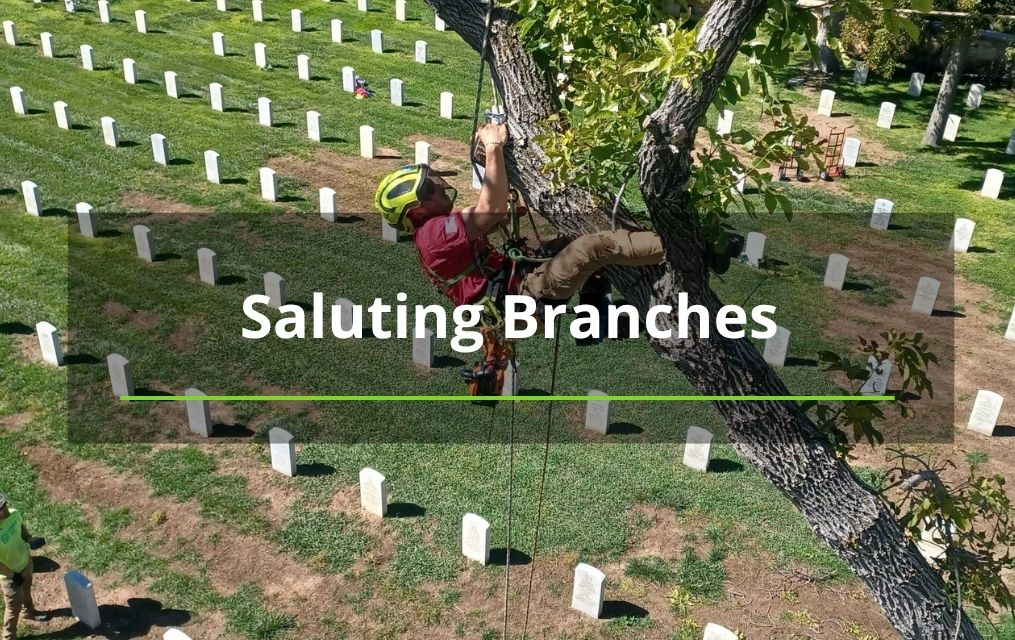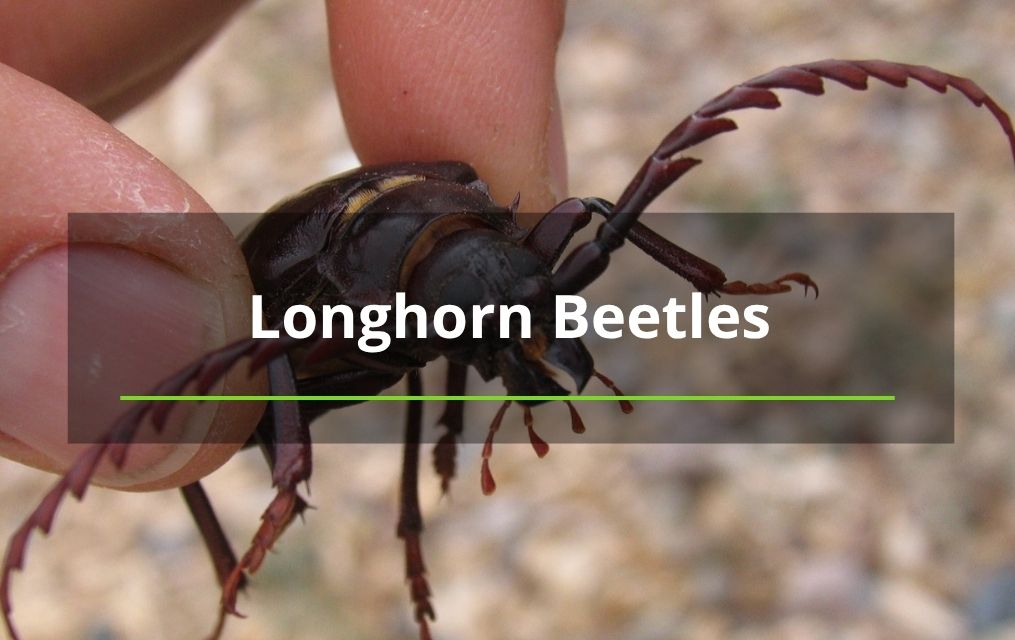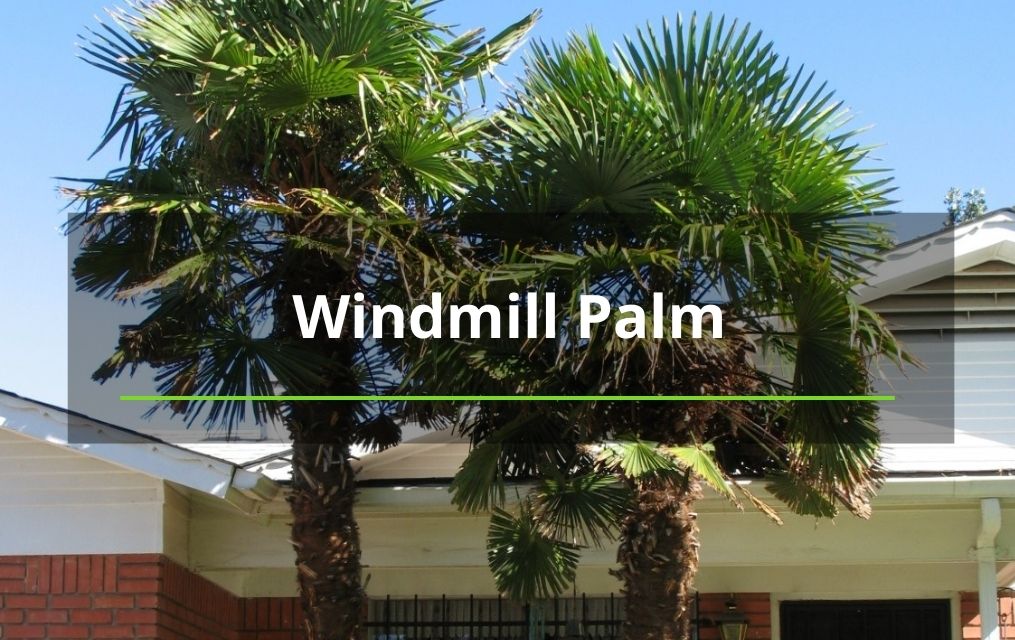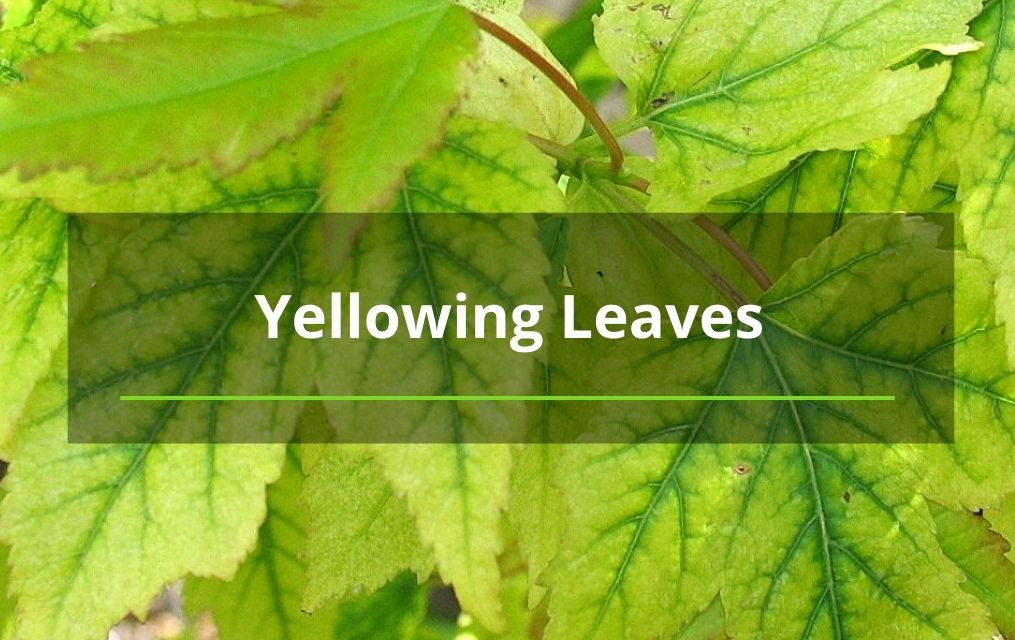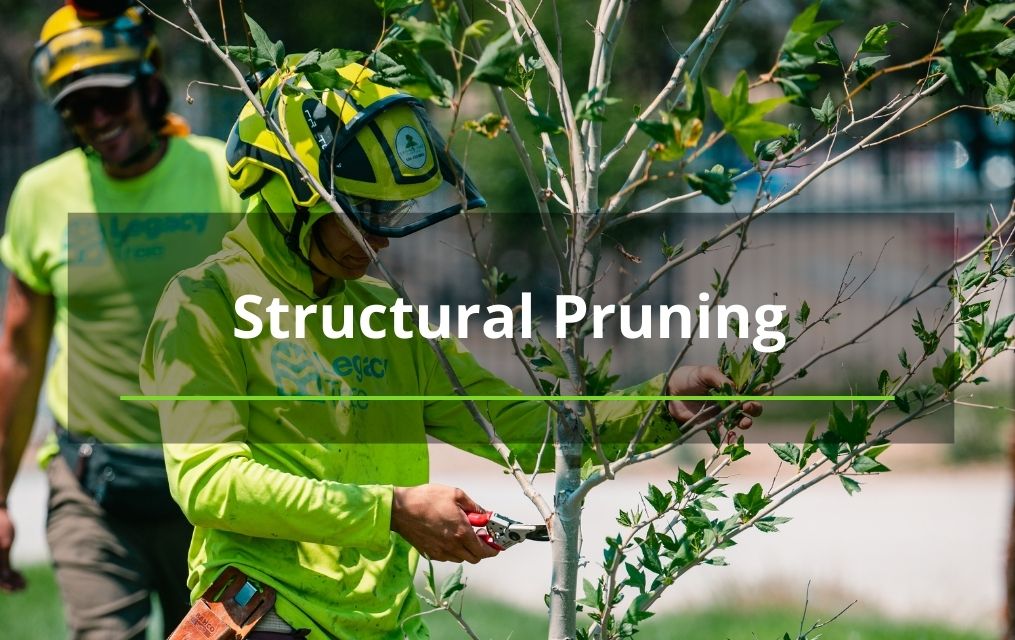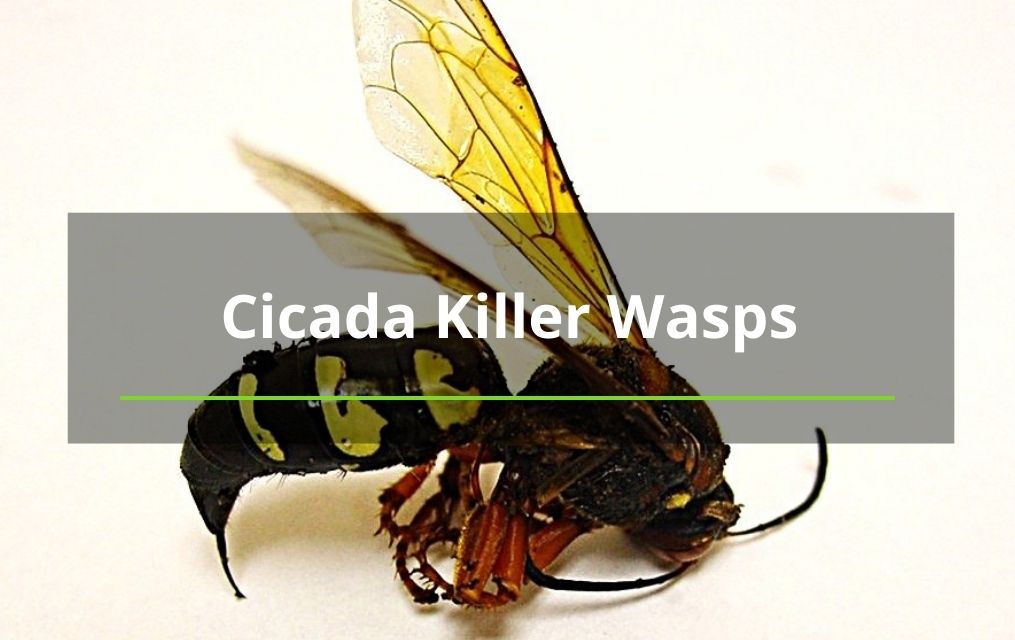Blogs
Herbicide Damage to Trees

Herbicide Damage To Trees
There are particular challenges to having a nice landscape in the desert Southwest. One of those is the need to balance water conservation desires and weed competition. We see this struggle play out daily, and it is often not a pretty sight. It is often the perennial plants that really show the impacts of this balancing act.
Lots of landscapes have rock mulches. While these surfaces tend to be hot and somewhat inhospitable to plants, there are a lot of weedy species that can, and do, grow there. Nobody likes pulling weeds, so the alternative is often spraying herbicide chemicals over the rocks to kill and prevent weeds.
Unfortunately, these chemicals may lead to tree and shrub damage, and even death. There are two ways the herbicides get into trees. One is air-borne drift, which happens when sprays are applied during breezy conditions or when the chemicals volatilize out of the soil and drift through canopies. Typically, trees can overcome low-level and infrequent drift damage but sustained and/or heavy drift can be a problem.
Some herbicides are soil active and taken in through the trees’ roots. Many people don’t know that roots usually extend beyond the edge of the canopy and so they apply too close to the tree without realizing it. Root absorbed chemicals are typically more damaging and may well be fatal to woody plants.
Herbicide damage shows up as deformed and discolored leaves. If you suspect chemical damage, have Legacy Tree Company take a look at your trees.
Contact us to find out more about our Albuquerque tree removal services.


